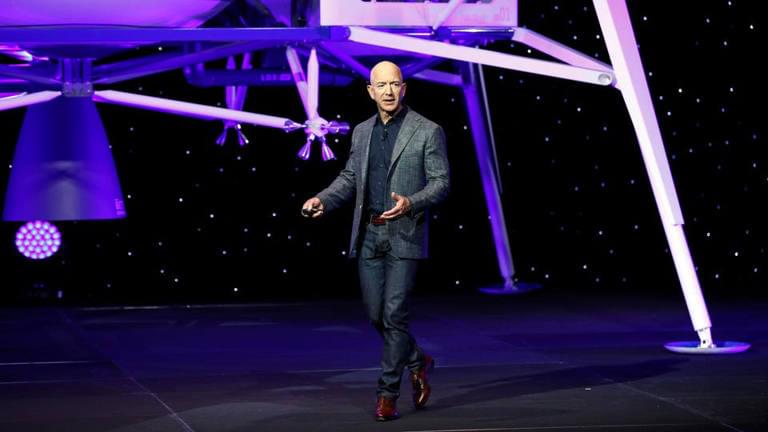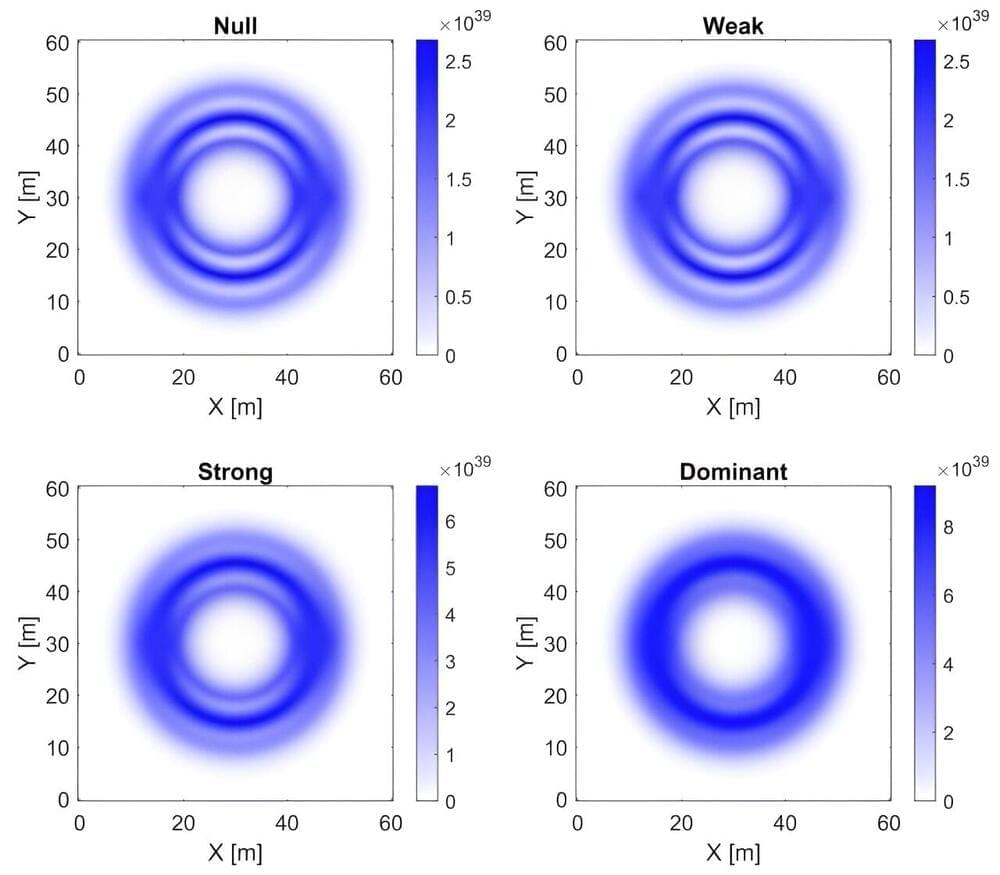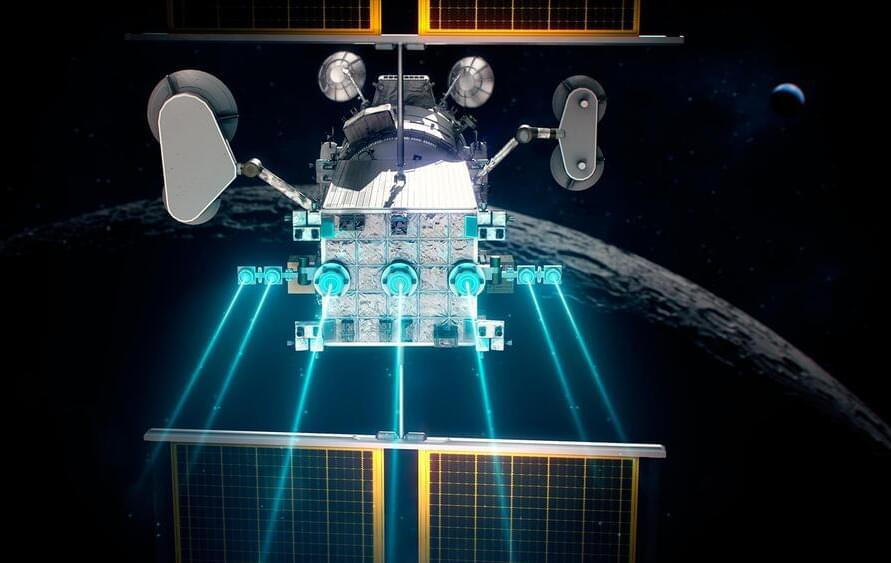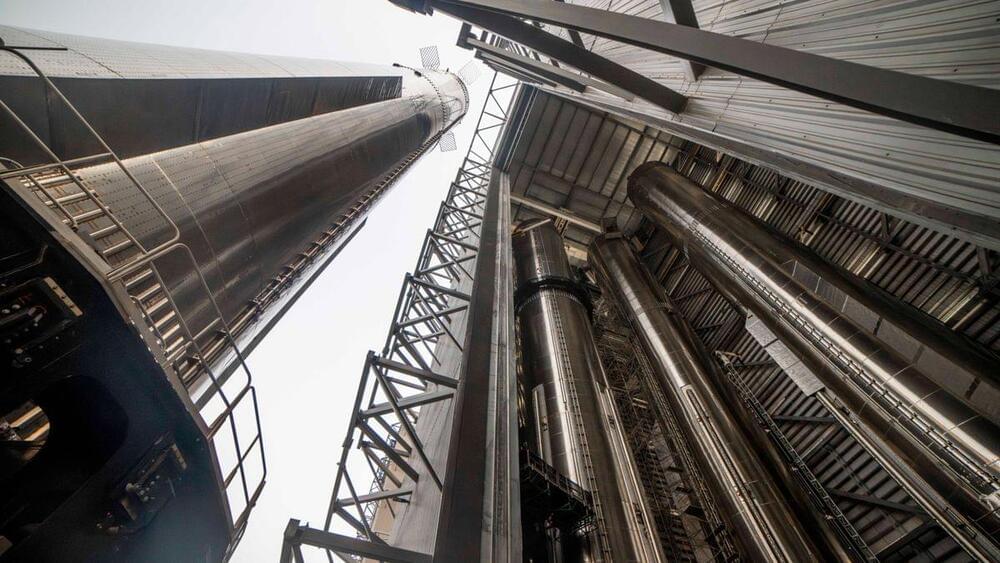Starship could fly again as soon as next month.



Photo : siqi zhao & huirong yan.
Astrophysicists from the University of Potsdam have made a significant step toward solving the last puzzle in magnetohydrodynamic turbulence theory by observing the weak to strong transition in the space plasma turbulence surrounding Earth with newly developed multi-spacecraft analysis methods. Their pioneering discovery was published today in the journal Nature Astronomy.
Turbulence is ubiquitous in nature. It exists everywhere, from our daily lives to the distant universe, while being labelled as “the last great unsolved problem of classical physics” by Richard Feynman.

In a first for warp drives, this research actually obeys the laws of physics.



NASA ’s upcoming Gateway space station, set to orbit the Moon, will rely heavily on its Power and Propulsion Element (PPE) for energy and maintaining its orbit. Currently under development with Maxar Technologies, the PPE uses solar electric propulsion to efficiently power the station. This system, designed to significantly reduce the need for propellant, will be integrated with Gateway’s habitation module and launched to support deep space exploration and future Artemis missions to Mars.
As astronauts live and work on Gateway to enable sustained exploration and research in deep space, their efforts will be made possible by Gateway’s Power and Propulsion Element (PPE). A foundational component of the lunar outpost and the most powerful solar electric spacecraft ever flown, PPE will provide Gateway with power and allow it to maintain its unique orbit around the Moon.
Gateway will be humanity’s first space station in lunar orbit and serve as an essential element of NASA’s Artemis missions. As astronauts live and work on Gateway to enable sustained exploration and research in deep space, their efforts will be made possible by the Power and Propulsion Element (PPE). A foundational component of the lunar outpost and the most powerful solar electric spacecraft ever flown, PPE will provide Gateway with power and allow it to maintain its unique orbit around the Moon.

We’re likely still a month or so away from the next launch of SpaceX’s Starship megarocket.
That was the timeline Elon Musk offered in a post on X over the weekend, saying Starship’s next test flight is “probably 3 to 5 weeks” away. “Objective is for the ship to get past max heating, or at least further than last time,” the billionaire entrepreneur added.
Perfecting the heat tiles for the Starship is crucial for its re-entry and landing, and SpaceX’s progress in recovering the ship is essential due to the high cost of each launch Questions to inspire discussion What is SpaceX preparing for with the Starship? —SpaceX is preparing for the fourth flight of the Starship, aiming to smooth out any remaining issues and perfecting the heat tiles for re-entry.
A colossal structure in the distant Universe is defying our understanding of how the Universe evolved.
In light that has traveled for 6.9 billion years to reach us, astronomers have found a giant, almost perfect ring of galaxies, some 1.3 billion light-years in diameter. It doesn’t match any known structure or formation mechanism.
The Big Ring, as the structure has been named, could mean that we need to amend the standard model of cosmology.